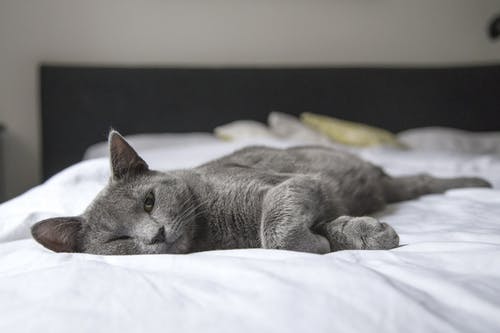Goats that eat meat require food for body maintenance, development and reproduction, pregnancy milk, meat, and hair production. Protein, water, energy minerals, vitamins, and energy are the main categories of nutrients essential in the nutrition of goats. Goats need to be separated into groups according to their nutritional needs to ensure that feed quality is in line with animals’ demands.
Since feed is kept in the rumen for a short period, the goat can’t digest the cell walls of plant cells, and the cow cannot digest the cell walls of the plant. It is essential to know the concept of “low-quality roughage” is. Due to their highly acidic and lignified stems and their acrid taste, the trees and shrubs are typically poor-quality roughage sources for cattle; however, they can be high-quality for goats.
Additionally, goats require a better quality diet than cattle because of the smaller size of their digestive tracts and more minor energy-intensive maintenance requirements. According to their body weight, meat goats need nearly twice the food as cattle.
Nutrient Requirements of Goats
Animals that have the most nutritional requirements should be able to access abundant, green fodder or high-quality hay when pasture is available. The same animals must be fed the highest quality hay available in a feed barn, for instance, during those wintertime months.
Water
The most affordable feed ingredient is water. However, the insufficient amount of water can affect the animal’s production, development, and overall efficiency. The requirements for water vary based on the stage of production and the time of lactation, which is when early lactation requires the most water and when the temperatures are hot, and the available forages have dried. If you are eating lush, green forages or grazing on forages wet in heavy dew or rainwater, goats may get every drop of water they need through their feed.
Certain herd members, like nursing, require constant water. Since it is impossible to predict the number of water goats needs, they must always be able to supply enough water of good quality. The clear, flowing water is preferable to stagnant water, which could contain harmful blue-green algae.
Energy
Carbohydrates and lipids within the diet are the primary sources of energy. The energy content of the lush green forage, browse and leaves of trees are sufficient to satisfy every goat’s nutrition needs at the ranch. Whole cottonseed, maize soybean hulls, wheat middlings, soybean meal, and the corn gluten feed are high-energy grain feeds.
Sugars and starches, lipids, and fibrous carbohydrates are converted to volatile fat acids by the bacteria found in the rumens of goats. The acids are absorbed by the rumens and transformed into energy. Fat is a powerful energy source; however, the amount of fat consumed is limited. Visit a vet like Stanwood veterinary hospital for more information.
Protein
The most considerable expense of a goat’s diet is usually a protein. In terms of energy, lush green forage, browse, and tree leaves provide sufficient protein to satisfy each goat’s nutritional requirements on the farm. Whole cottonseeds and soybean meal, wheat middlings, and corn gluten feed are high-protein grain feeds. Protein is the source of amino acids that aid in protein production in an animal’s body and a nitrogen source for the bacteria that live in the ruminal system.
Minerals
To ensure their products’ essential bodily functions and maximum production, they need various minerals. It is recommended that a complete goat mineral or a 50/50 mixture of trace mineralized salt and dicalcium phosphate must be readily available. Salt (sodium chloride) and calcium, phosphorus, and magnesium are the minerals most likely to be deficient in the diet. Visit a large animal veterinarian for details on other farm animals you might have.
Vitamins
Vitamins A and D are most susceptible to being deficient in our diet. All vitamins B and K are created by bacteria in the goat’s rumen and aren’t nutritionally required.
While forages are not a source of Vitamin A and carotene, the nutrients found in the leafy, green forages are transformed into vitamin A within the body. Vitamin A is in the liver and fats of goats when their consumption is more significant than their requirements. Look up “Veterinary surgeon near me” for the best results.






